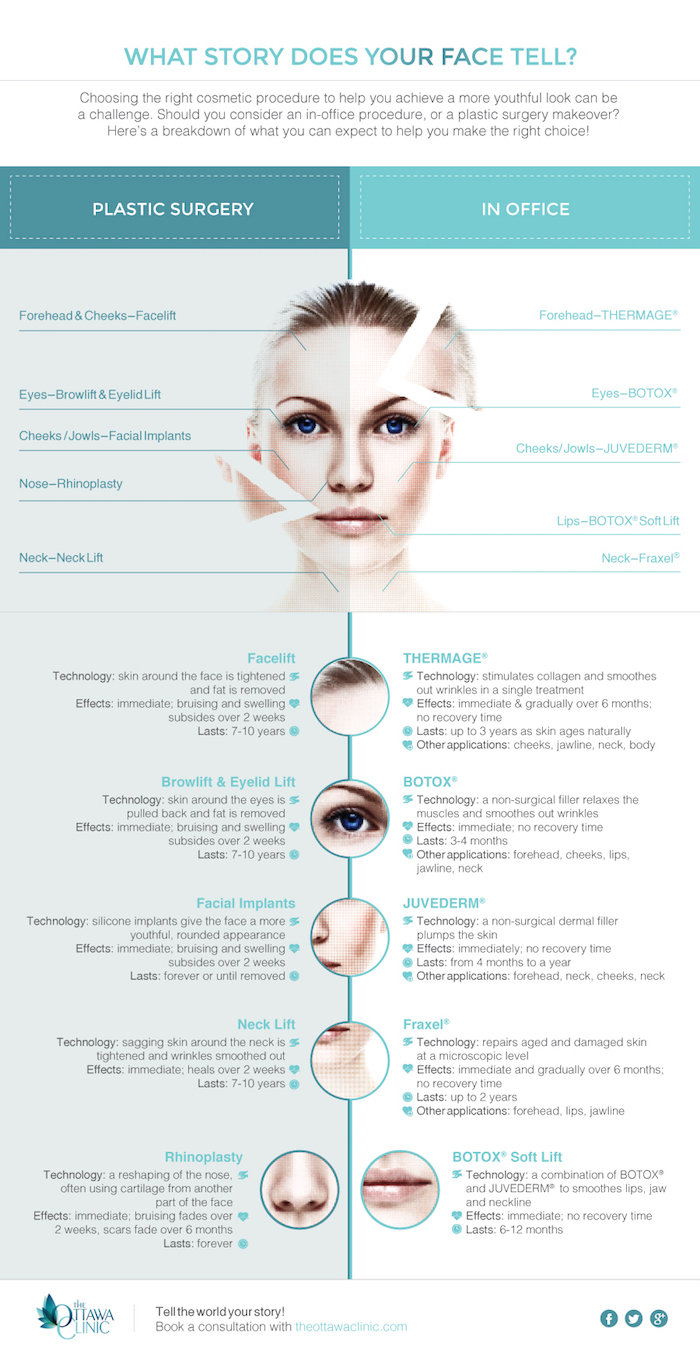Does Chocolate Cause Acne
Does Chocolate Cause Acne
Blog Article
Acne Marks and Post-Acne Care
Acne marks and dark marks can remain also after the acne itself has removed. But there are several all-natural, over-the-counter and clinical therapies that can reduce their look.
Ice choice marks are little impressions that appear like pinpricks; rolling marks have a wave-like look and superficial deepness; boxcar marks have clear sides; hypertrophic scars are increased bumps. Therapies include skin needling, where your physician rolls a needle-studded gadget over the skin; and surgical excision, when a health care expert eliminate deep scars.
1. Exfoliate
Acne scars fade best when they aren't covered with dead skin cells. Exfoliation removes the buildup and allows fresh skin cells ahead to the surface area. It additionally makes acne marks much less obvious.
A skin specialist can suggest peeling techniques for your particular skin type. Dry skin may benefit from peeling with scrubs or various other mechanical approaches, while oily skin might require a chemical peel. Those with darker skin tones need to be careful using more powerful chemical therapies, as they can create dark areas and sensitivity.
If you have acne marks, prevent choosing or squeezing at them, which can make them worse. Inflammation brought on by irritability raises the possibility of scarring. Choosing can leave ice-pick scars, which are narrow indentations with a factor at the end. You can likewise get boxcar scars, which are indentations with bigger sides. You can likewise develop hypertrophic or keloid scars. These are elevated bumps of mark cells that can be itchy and unpleasant.
2. Moisturize
After finishing your acne therapy, keeping skin clear and healthy calls for a regular skincare routine that protects from outbreaks and minimizes post-acne marks. This includes a gentle cleanser and cream, non-comedogenic items that don't clog pores, and staying clear of foods that aggravate skin or trigger acne flare-ups.
Utilizing a lightweight, non-comedogenic cream with components like hyaluronic acid and glycerin can help hydrate skin while additionally enhancing skin texture and advertising recovery. Search for a product that is created without scent or parabens.
A product that targets sticking around acne marks with active ingredients such botox lip flip as skin-brightening tranexamic acid and bakuchiol can enhance dark spots or irregular tone triggered by inflammation. It delicately resurfaces the skin tone while smoothing rough and distinctive locations. A product that incorporates a retinoid and a plant-based retinol option can also boost the look of deeper marks while concurrently targeting existing blemishes and protecting against future outbreaks.
3. Cover Up
As soon as your acne scars heal, you can conceal them with makeup and a concealer. Simply ensure you're only using the product over marks that are fully recovered (not fresh ones), states Sotomayor. After that, complete your look with a vibrant lip color or declaration smoky eye shadow for maximum impact.
When it pertains to choosing a structure or tinted cream, it is very important to pick one that is noncomedogenic and oil-free. This will certainly help maintain your skin clear and avoid the clogging of pores that can cause new outbreaks.
The same goes with choosing a concealer. Seek a formula that uses full protection but still really feels lightweight and blendable on the skin. Likewise, when covering up imprints from acne scars, it's a great concept to discover a shade that matches your natural complexion (rather than a color lighter or darker). This will assist conceal the indents better. This nourishing balm is an exceptional option for lightening up and lightening post-inflammatory hyperpigmentation, which can be brought on by acne or other inflammatory skin disease. It includes moistening panthenol, softening shea butter and strengthening peptides that minimize redness and scaly appearance.
4. See Your Dermatologist
The marks that form from serious acne often need therapy by a doctor or skin specialist. Prior to that can occur, however, a client needs to have their acne under control. This includes not selecting or squeezing acne areas, and making use of gentle cleansers and water-based non-comedogenic items that will not clog pores.
If pharmacy cleansers and place treatments aren't clearing your skin, timetable an appointment with a skin specialist. The skin doctor can recommend other therapies that help clear your skin without drying it out or bothersome it.
A dermatologist can likewise deal with various other kinds of post-acne marks, consisting of dark places that are a type of hyperpigmentation called PIH (post-inflammatory hyperpigmentation). A topical retinoid like adapalene can visibly lighten these marks and discolor them promptly. For other kinds of marks, the doctor can suggest a much more extensive treatment. This could consist of microdermabrasion or chemical peels off that are done right in the office. Depending on the intensity of your marks, these treatments may require to be duplicated.